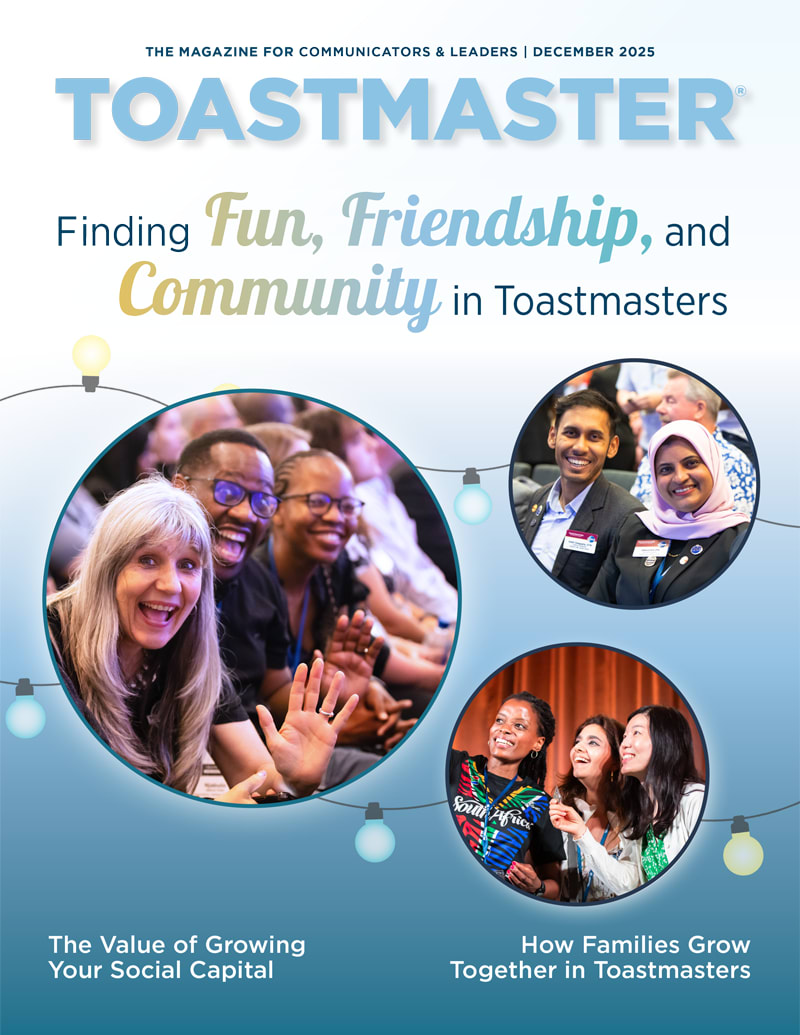
Although it’s hard to believe, conflict in and of itself is not bad. It actually signals there is room to grow and for deeper understanding.
Easier said than done when you’re in the midst of a serious disagreement. It’s often tempting to argue, point fingers, or storm out the door, but you can bring problem-solving skills into play to diffuse the situation effectively.
All of us come into conflict at some point, and the skills to resolve those situations are by no means intuitive—they need to be learned and practiced. I’m a certified mediator, and have been helping people resolve their conflicts, whether at home, at work, or in a legal setting, for more than 11 years. I have worked through many complex cases and developed some techniques for the best ways people can approach discord in the most civil and effective manner. Here are some tips I’ve found to resolve conflict in a less conflicting manner.
Prepare for Conflict
Yes, you can prepare for disagreements, friction, and arguments before they happen.
First, you need to understand your own triggers and notice how you feel when you get upset initially. Think about a time when someone made you angry. Think about how you felt physically.
Did your chest tighten?
Did you clamp your jaws?
Did your face flush?
Was there tightness in your shoulders?
Did tears well up in your eyes?
Once you understand how your body reacts to strong negative emotion, you can become aware the moment you feel it happening and prepare yourself to handle the situation appropriately. When you feel defensive, angry, frustrated or in some way upset, and sense your body reacting, the best course is to step away for a bit.
Some handy phrases to use when you need to take a moment include:
- “Hold that thought. I am going to run to the restroom and will be right back.”
- “I need some time to think of my response. Let me get back to you.”
- “I am a bit upset right now. Let me take a time out and then we can continue the conversation.”
Having these phrases ready to go when you are feeling upset ensures that you don’t get caught up in a discussion while feeling emotional, and prevents your body language from conveying your feelings.
Any time you are feeling negative emotions, the executive functioning part of your brain gets shut down. Right when you need your wits and thinking skills the most, they are the least available to you.
Luckily, there are effective strategies to calm yourself down. Deep breathing practices are an excellent and effective way to calm your nervous system down.
Find a quiet space and take a slow, deep breath in on a count of four. Hold it for a count of five. Then, exhale slowly on a count of six. Hold for three counts. Then begin again. Do this for as long as you need to re-center yourself. You may find that it only takes two to three cycles to ground yourself again.
Once you calm your emotions down, you can either go back into the conversation or schedule a time when you feel you will be better prepared to resolve the conflict.
Establish Guidelines
Once you are ready to have the difficult conversation, set yourself up for success by setting ground rules. Start by suggesting some and then ask the other person if there is anything they would like to add. Some effective guidelines include:
- No interrupting.
- If someone interrupts, and is called on it, they agree to stop interrupting.
- No name calling.
- No yelling.
- Instead of using words like “lie, liar, or lying,” use the phrase “I have a different perspective.”
- Keep your side of the dialogue to under five minutes.
I always recommend setting and agreeing upon some ground rules before you find yourself in a conflict. If you try to set them in the middle of a debate or argument, no one is going to have the wherewithal to abide by them. But if you set them prior to or at the beginning of any difficult conversation, it will help curb any bad behavior.
In a business setting, it is best to set these rules up as part of company culture, and make sure everyone is aware of them. This ensures that when conflicts do inevitably arise, everyone is already familiar with the ground rules.
Mirror What You Hear
It is also important to set up the actual conversation dance. What does that mean? It means communicating in a way that ensures people are hearing one another accurately and are processing all the information being given to them.
Most conversations have one person speaking and the other person responding. However, that skips an important middle step, the step that confirms if people are engaged in active listening. Between one person speaking and the other responding, the second person should verify that they understood everything that the other person said.
This can sound something like this: “So let me make sure I understand what you said … ” Or “What I heard you say was … ” It’s important to set up and explain what you are doing. If you merely parrot back what you heard, you may get the indignant response, “I know what I said. Why are you parroting me?”
Once you confirm that you have understood everything, then you can respond. And once again, the other person should repeat back what you said before responding.
Avoid Judgement
Establishing a few key rules also helps with difficult conversations. The first is to come to any conversation without judgment.
Judgment is felt immediately by the other person. It may not be conveyed in your words, but it is conveyed by your tone, attitude, facial expression, body language, and choice of words. So keeping this in mind, you may want to withhold judgment before going into any conflict.
Another helpful rule is to come to the conversation with curiosity. You want to hear what the other person has to say.
Ideally, you allow the person wanting to share feedback to speak first—the person who has brought the issue up for discussion. Then the other person can weigh in. This gives both sides a more complete picture of the conflict, something that ultimately helps with problem solving.
Establishing a few key rules also helps with difficult conversations. The first is to come to any conversation without judgment.
If you are playing the role of an informal mediator, instead of starting the conversation with, “Your manager says you are constantly leaving work early this week,” you might want to start with, “How have things been going for you this week? Your manager mentioned you are leaving early. Is everything okay?”
Can you see how the first attempt has some tone of judgement? The second attempt has more curiosity and support. If someone feels supported and cared about (as opposed to judged), they will be more open and vulnerable with you. This helps to move to the problem-solving phase much faster, ultimately leading to a resolution.
Finally, being honest and vulnerable about your own feelings helps connect you to the other person. It might be counterintuitive, but if you explain how their actions make you feel emotionally, you create connection and empathy. In Marshall Rosenberg’s book, Nonviolent Communication, he outlines four steps that look something like this:
- State a neutral observation (“When you don’t answer my calls … ”)
- State how it makes you feel (“It makes me feel disregarded and disrespected.”)
- State your emotional need (“I need to feel respected.”)
- Make the request (“Could you please respond to my calls within 24 hours?”)
Conflicts are never fun. And difficult discussions are uncomfortable. You are not going to get it right every time. But when you start practicing and using these techniques regularly, you will feel more confident and less nervous confronting and resolving conflicts.
Alice Shikina is a professional mediator, negotiation/communication trainer, and an author. She was a speaker at the 2024 International Convention. She lives in Oakland, California, and is the host of the podcast Negotiation with Alice. Learn more at shikinamediation.com.
Related Articles

Communication
How to Have Those Awkward Conversations

Communication
Managing and Resolving Conflict

Communication



 Previous
Previous


 Previous Article
Previous Article